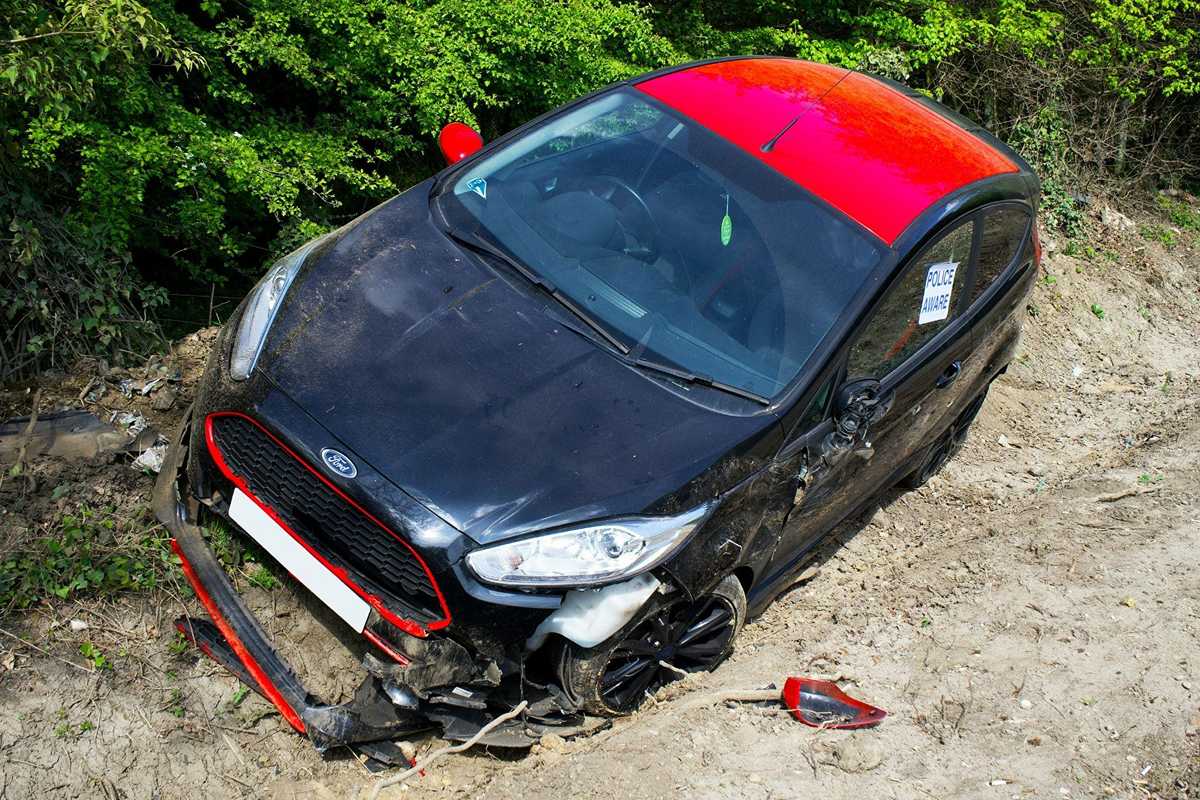
5 Essential First Aid Steps Post-Car Accident
A sudden crash, the screech of tires, and the heart-pounding realization - you’re at the scene of an accident. Every second counts, and what you do next could mean the difference between life and death.
Whether you're directly involved or a bystander, knowing the right first aid steps can prevent serious injuries from worsening and even save lives. Panic is the enemy, and preparedness is your greatest weapon. Do you know what to do before emergency services arrive?
We can help. Read on to find out more.
1. Check Yourself and Others for Injuries
Before anything else, assess your own condition. Shock and adrenaline can mask pain, so take a few deep breaths and do a quick head-to-toe check.
If you’re able to move, check on passengers in your vehicle. If it’s safe to exit the car, look around for anyone who might need help, including those in other vehicles involved in the accident.
Not all injuries are visible.
- Concussions
- Internal bleeding
- Spinal injuries
- Broken ribs
Can go unnoticed initially. If someone seems confused or has difficulty moving, assume they need medical attention even if they insist they’re fine. Encourage everyone to remain as still as possible until professional help arrives.
2. Call for Emergency Assistance
No matter how minor the accident seems, calling 911 should be one of your first actions If you were hit by an Uber driver while driving. Emergency operators will guide you on what to do and dispatch the necessary responders. When speaking with them, be clear about the number of people involved, their conditions, and any potential hazards like fire, gas leaks, or traffic risks.
If you’re in a rural area with limited cell service, try sending a text to 911, which works in some locations. In cases where immediate medical care is needed but an ambulance is delayed, ask bystanders if they have first-aid training or medical experience.
3. Stabilize Injured Individuals
If someone is unconscious but breathing, do not move them unless they are in immediate danger, like a burning vehicle. Movement can worsen spinal injuries, so keeping them still is critical.
If they’re bleeding heavily, apply firm, steady pressure with a clean cloth or bandage. For severe wounds, using a tourniquet above the injury may be necessary if bleeding doesn’t stop with pressure.
For suspected fractures, keep the affected limb immobilized. A makeshift splint using a firm object like a rolled-up magazine can help prevent further damage. If someone is struggling to breathe because of a chest injury, keeping them in a slightly upright position can help with their airflow.
4. Provide Basic CPR and Rescue Breathing If Needed
Even if a person appears conscious and stable, they may be at risk for shock, which happens when the body struggles to circulate blood properly after trauma. Symptoms include:
- Pale or clammy skin
- Rapid breathing
- Confusion
- A weak pulse
If you suspect someone is going into shock, keeping them as calm and comfortable as possible is key.
Help them lie down on their back and elevate their legs slightly unless they have a suspected spinal injury or broken bones. Cover them with a jacket or blanket to maintain body temperature, but avoid overheating them. Reassure them and help them work on slow, steady breathing while waiting for emergency responders.
5. Document the Scene and Your Injuries
Once immediate medical concerns are addressed, gather as much information as possible. Take photos of everything involved in the accident. Documenting the accident thoroughly can help protect your rights. Medical reports and police records will be essential if legal action or insurance claims come into play.
Write down or record details of the accident while they’re fresh in your mind. Include:
- Road conditions
- Weather
- Witness statements
- Traffic signals and signage
- The exact time and location of the accident
What Not to Do After a Car Accident
Knowing what not to do after a car accident is just as important as knowing first aid. Here are a few critical mistakes to avoid:
- Do not leave the scene until authorities arrive and provide instructions.
- Do not admit fault or speculate about what caused the accident, as this can complicate insurance claims.
- Do not assume insurance will cover everything. Review your policy and seek legal advice if necessary.
- Do not agree to unofficial settlements or cash offers. They can leave you vulnerable if damages or injuries turn out to be worse than expected.
- Do not engage in arguments or heated exchanges with the other driver. Stay calm and let authorities handle the situation.
Protect Yourself After A Car Accident With These Steps
Being prepared with this information can make the aftermath of a car accident a lot less scary.
Stay safe, stay prepared, and when in doubt, always seek professional medical and legal guidance.

Comments (0)